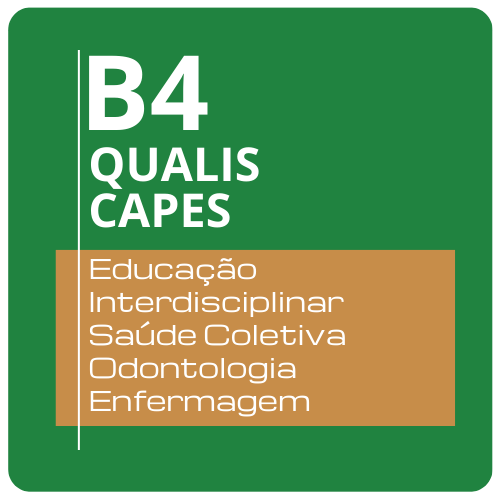RECREATING, EXPERIENCING, AND LEARNING ON THE PATH OF TRAINING IN HEALTH SURVEILLANCE
DOI:
https://doi.org/10.54620/cadesp.v17i1.1807Abstract
Historically, we observe the execution of activities in Brazil that were later conceptualized as health surveillance, making it one of the oldest areas, with milestones that began with the arrival of the Portuguese royal family in our lands. Since that time, the economy demanded the need for sanitary control to ensure the quality of products traded in the international market and to prevent disease epidemics¹.
With the Federal Constitution of 1988 (CF/88)², which, through legal instruments, established the Unified Health System (SUS) and defined health as a citizenship right and a state duty, and with the Organic Health Law, No. 8,080, of September 19, 1990, the organization of the structure and functioning of SUS was regulated, and the execution of health surveillance actions was included in the scope of SUS, defining health surveillance².
According to Costa (2009)³, "Health Surveillance is the most complex form of Public Health existence because its actions permeate all health-related practices: promotion, protection, recovery, and rehabilitation of health." Therefore, the recognition of health surveillance as a strategic field of SUS for the promotion and protection of public health and professional identity in decision-making responsibilities is evident.
With the constant advances in science and technology, new regulations and procedures are continually being developed to ensure the safety and quality of products and services offered to the population. In light of this, this training has strongly contributed to the development of health education and communication strategies related to health surveillance, strengthening social mobilization practices and intersectoriality, and managing quality in the continuous improvement of health surveillance work processes.
The path taken over two decades, offering continuous training and forming 189 professionals from various territories in the state of Ceará, has maintained important milestones in its records. This includes being the first specialization course accredited in the country by the Brazilian Network of Schools of Public Health (RedEscola) and the Brazilian Association of Collective Health (Abrasco).
Celebrating the milestone of 10 completed classes, the articles in this edition present the products with the implications of professionals in services to make them more effective, in accordance with the needs of SUS/Ceará, enhancing the resolution of professionals in the face of new realities and challenges presented daily in their field of action.
Downloads
References
COSTA, EA; ROZENFELD, S. Constituição da Vigilância Sanitária no Brasil. In: ROZENFELD, S. (Org.). Fundamentos da vigilância sanitária. Rio de Janeiro: Fiocruz, 2000. 301 p. p. 15-40. DOI: https://doi.org/10.7476/9788575413258
BRASIL. Lei no 9.782, de 26 de janeiro de 1999. Define o Sistema Nacional de Vigilância Sanitária, cria a Agência Nacional de Vigilância Sanitária, e dá outras providências. Diário Oficial [da] República Federativa do Brasil, Poder Executivo, Brasília, DF, 11 fev. 1999. In: . Constituição (1988). Constituição da República Federativa do Brasil. Brasília, DF: Senado, 1988.
COSTA, EA. (Org). Fundamentos da vigilância sanitária. In: . Vigilância Sanitária: temas para debate [online]. Salvador: EDUFBA, 2009. 237 p. p. 11-36. DOI: https://doi.org/10.7476/9788523208813
Downloads
Published
How to Cite
Conference Proceedings Volume
Section
Categories
License
Copyright (c) 2023 Cadernos ESP

This work is licensed under a Creative Commons Attribution 4.0 International License.























